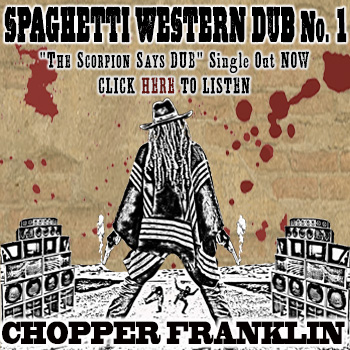Indian Cures
 October 9, 1892, Call, San Francisco, California – In the depths of the forest, an Indian breaks his leg or arm, said Dr. Hingston is his address at the British Medical Association meeting at Nottingham. Splints of softest material are at once improvised. Straight branches are cut, of uniform length and thickness. These are lined with down-like moss or scrapings or shavings of wood or with fine leaves interlaid with leaves, if in summer; or with the curled-up leaves of the evergreen cedar or hemlock, in winter; and the whole is surrounded with withes of willow or osier or young birch. Occasionally it is the soft but sufficiently unyielding bark of the poplar or the bass wood. Sometimes when near the marshy margin of our lakes or rivers the wounded limb is afforded support with wild hay or reeds of uniform length and thickness. Thus is the genius of Indian cures.
October 9, 1892, Call, San Francisco, California – In the depths of the forest, an Indian breaks his leg or arm, said Dr. Hingston is his address at the British Medical Association meeting at Nottingham. Splints of softest material are at once improvised. Straight branches are cut, of uniform length and thickness. These are lined with down-like moss or scrapings or shavings of wood or with fine leaves interlaid with leaves, if in summer; or with the curled-up leaves of the evergreen cedar or hemlock, in winter; and the whole is surrounded with withes of willow or osier or young birch. Occasionally it is the soft but sufficiently unyielding bark of the poplar or the bass wood. Sometimes when near the marshy margin of our lakes or rivers the wounded limb is afforded support with wild hay or reeds of uniform length and thickness. Thus is the genius of Indian cures.
To carry a patient to his wigwam or to an encampment a stretcher is quickly made of four young saplings, interwoven at their upper ends, and on this elastic, springy couch the injured man is borne away by his companions. When there are but two persons and an accident happens to one of them two young trees of birch or beech or hickory are used. Their tops are allowed to remain to aid in diminishing the jolting caused by the inequalities of the ground. No London carriage maker ever constructed a spring which could better accomplish the purpose. A couple of crossbars preserve the saplings in position, and the bark of the elm or birch cut into broad bands and joined to either side forms an even bed. In this way an injured man is brought by his companion to a settlement, and often it has been found on arrival that the fractured bones are firmly united and the limb is whole again. This is affected in less time than with the whites, for the recuperative power of these children of the forest is remarkable. In their plentitude of health osseous matter is poured out in large quantities and firm union is soon affected.
The reparative power of the aborigines when injured is equaled by the wonderful stoicism with which they bear injuries and inflect upon themselves the severest torture. They are accustomed to cut into abscesses with pointed flint; they light up a fire at a distance from the affected part (our counter-irritation; they amputate limbs with their hunting-knives, checking the hemorrhage with heated stones, as surgeons were accustomed to do in Europe in the time of Ambrose Pare, and sometimes they amputate their own limbs with more sang fiord than many young surgeons will display when operating on others. The stumps of limbs amputated in this primitive manner are well formed, for neatness is the characteristic of all Indians’ handiwork.
The Indians are familiar with and practice extensively the use of warm fomentations. In every tribe their old women are credited with the possession of knowledge of local bathing with hot water and of medicated decoctions. The herbs they use are known to a privileged few and enhance the consideration in which their possessors are held.
The Turkish bath, in a simpler but not less effective form, is well known to them. If one of their tribe suffers from fever or from the effects of long exposure to cold a steam bath is readily improvised. The tent of deerskin is tightly closed, the patient is placed in one corner, heated stones are placed near him, and on these water is poured until the confined air is saturated with vapor. Any degree of heat and any degree of moisture can be obtained in this way. Europeans often avail themselves of this powerful sudatory when suffering from rheumatism.
The Indians have their herbs—a few, not many. They have their emetics and laxatives, astringents and emollients, all of which are proffered to the suffering without fee or reward. The “Indian teas,” “Indian balsams” and other Indian cures —the virtues of which it sometimes takes columns of the daily journals to chronicle— belong to nature and are not theirs. To the white man is left this species of deception.





